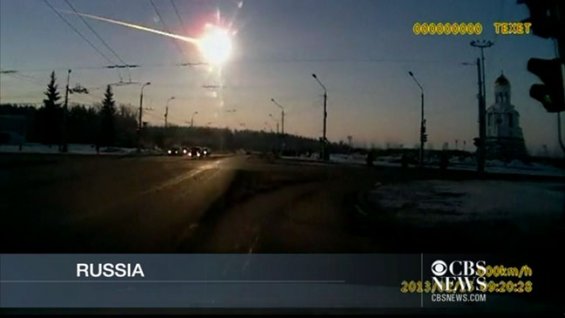
Comment: Note the carefully chosen words - "partly intended to ultimately protect"... in other words, lip-service to protecting Americans from the real threat out there.
The National Aeronautics and Space Administration envisions launching robotic missions to a small asteroid before the end of the decade, later tugging it into an orbit near the moon and eventually sending astronauts to bring home samples after 2025.
Comment: So, the best idea for planetary defense NASA can come up with, at this eleventh hour, is to launch rockets towards an asteroid sometime before 2020, "tug" it into an orbit near the moon (good luck with that!) and then send astronauts to said small asteroid (presumably by landing on it?) to "bring home samples."
City-destroying fragments will have been and gone long before any of these 'plans' get off the ground.
The agency's overall spending proposal, basically flat from previously enacted spending levels, identifies such asteroid exploration as the capstone for years of heavy NASA spending on a powerful new rocket and manned capsule championed by congressional leaders.
In the wake of a meteor exploding over Russia in February and a football-size asteroid whizzing by the earth just hours later, NASA's latest strategy, dubbed by some proponents as "planetary defense," seems designed to generate broad public support as well as a favorable response on Capitol Hill. NASA officials say the asteroid to be moved could be about 30 feet long and weigh roughly 500 tons. If all goes well, astronauts could be orbiting around it as soon as 2021.
Comment: In other words, "let's just get some proposals out there to give folks the idea that something is being done about the imminent danger from space."
But the high costs of existing space programs - including operation of the international space station - coupled with continuing White House disputes with Congress over exploration priorities threaten to strangle funding for the latest initiative. Even the agency, which is requesting about $100 million in fiscal 2014 to kick off the asteroid effort, concedes it is designed to be "more cost-effective" than earlier White House visions of sending astronauts to land on a much larger, and potentially more distant asteroid.
Comment: There you go folks; it's not going to happen anyway because there the US govt's priority - indeed, its very mandate - is to expropriate and consolidate the natural resources of other countries around the world, by causing as much mayhem and warfare as possible, on behalf of multinational corporate interests.
In laying out the proposals, NASA chief Charles Bolden said the budget request "reflects fiscal realities" but nonetheless includes "game-changing technology" that "ensures the Unites States will remain the world's leader in space exploration and scientific discovery." Emphasizing that "new technologies are the underpinning of everything we do," Mr. Bolden said the goal is to "protect our home planet, create jobs and protect the American economy."
At a time when China is aggressively moving toward launching manned missions to the moon, NASA's latest spending blueprint appears to rule out options of returning U.S. astronauts there while maintaining the goal of manned trips to Mars perhaps around 2035.
Spending on a heavy-lift rocket, slated to be the most powerful booster since the Apollo-era Saturn V, and its corresponding Orion crew vehicle together are targeted at around $3 billion, mirroring bipartisan agreement to keep money flowing to those programs. But once again, NASA likely faces a stiff fight over its desire to ramp up funding to $820 million annually to help subsidize work on private taxis to transport astronauts to the orbiting space station. Congress has kept a lid on such appropriations at around $500 million.
While seeking to increase investment in cutting-edge spacecraft propulsion and on-orbit refueling, NASA would lose nearly one-third of its current funding to foster interest and education in the fields of science, technology, engineering and math. The proposed cuts are part of a government-wide bid by the White House to consolidate so-called STEM education in three other agencies.
The proposed budget also maintains roughly $1.8 billion in spending on sensors and other technology to improve weather forecasting and provide new data about climate change.
The proposed $17.7 billion is only about $100 million under the pre-sequester $17.8 billion. But it's about $1 billion more than the current $16.6 billion spending plan, taking sequestration and other cuts into account.



would make good non-nuclear weapons. no radiation, plausible deniability, high destuctive potential, difficult to defend against, little to no warning, no give-away icbm launch
nasa wouldn't be practising weaponizing that rock. would they?